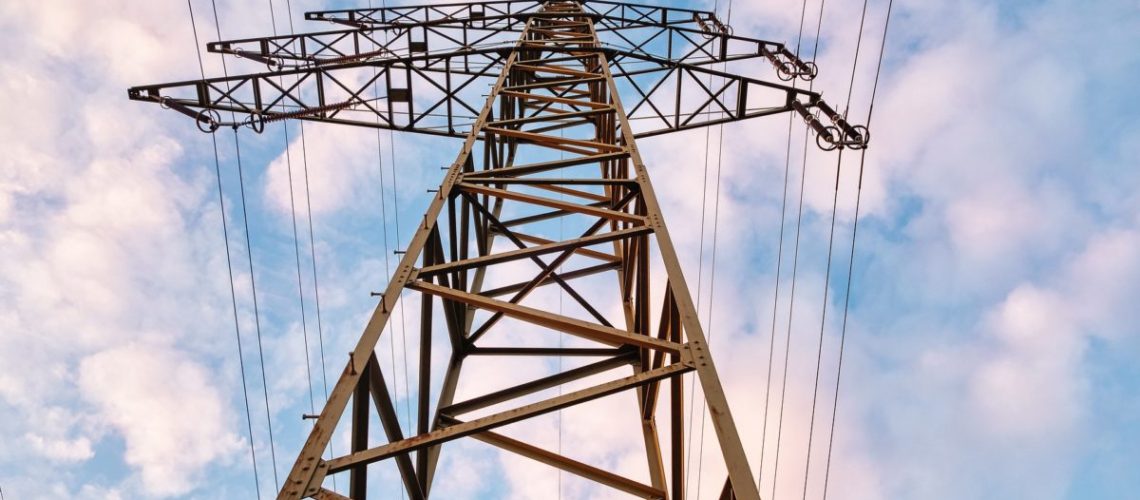Transmission providers would face firm deadlines for completing interconnection studies, backed by penalties, under a proposed rule. Project developers would face readiness requirements involving study deposit amounts, site control, commercial readiness milestones, and withdrawal penalties.
June 16, 2022
A proposed rule issued by the Federal Energy Regulatory Commission (FERC) aims to speed interconnection of utility-scale solar and storage through four key areas of reforms.
More than 1400 GW of generation and storage were waiting in interconnection queues at the end of last year, FERC said in a statement, with the backlogs potentially increasing costs for consumers, and creating reliability issues as “needed new generating facilities” are unable to reach commercial operation in a timely manner.
The draft rule would require transmission providers to adopt a first-ready, first-served cluster study process, with readiness requirements for interconnection customers to remain in the interconnection queue.
First-ready, first-served cluster studies are more efficient than studying interconnection requests one at a time, FERC said. The readiness requirements for project developers involve study deposit amounts, site control, commercial readiness milestones, and withdrawal penalties. The requirements would allow transmission providers to focus on projects that have a greater chance of reaching commercial operation, FERC said.
The draft rule would set firm deadlines for transmission providers to complete interconnection studies, and would establish penalties for missing deadlines. The change would eliminate FERC’s “reasonable efforts” standard for completing the studies. Transmission providers conducting an affected systems study would need to use a standardized and transparent process.
The draft rule would require transmission providers to allow co-located resources, such as solar and storage, to share a single interconnection request. A project developer could add a generating facility to an existing interconnection request if the developer did not request a change to the originally requested interconnection service level.
For solar and wind power, which are “non-synchronous” generators, the draft rule would require the generators to continue providing power and voltage support during grid disturbances.
The proposed rule is a “unanimous action” by the commission, said FERC Chairman Richard Glick. “We are witnessing unprecedented demand for new resources seeking to interconnect to the transmission grid, and queue delays are hindering customers’ access to new, low-cost generation.”
Comments on the proposed rule are due 100 days after its publication in the Federal Register.



